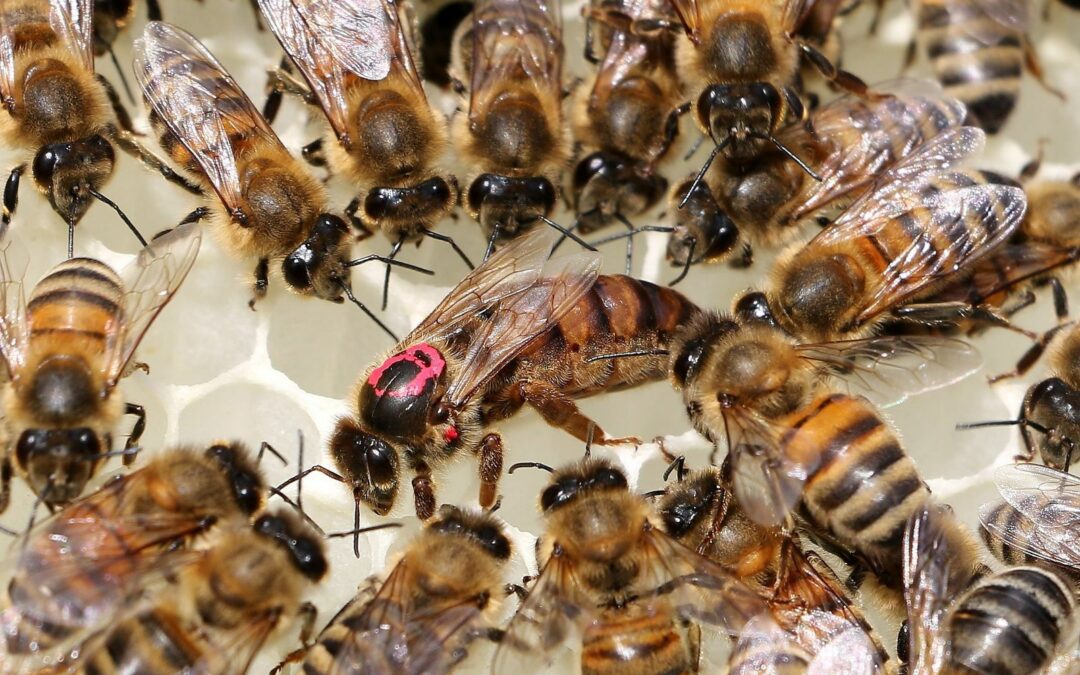In January, beekeeping in the Bay Area of California involves specific considerations due to the region’s unique climate and the particular needs of bees during this time. This month is crucial for beekeepers as it sets the stage for the upcoming spring, and careful management is needed to ensure the health and productivity of the hive.
Understanding the Bay Area Climate and Its Impact on Bees
The Bay Area’s climate is generally mild in winter compared to other regions. However, colder and rainy days are common in January. This weather can impact bee activity, as bees are less active in cold and wet conditions. Understanding this climate is essential for appropriate beekeeping practices.
Hive Inspection: Caution and Purpose
Inspecting the hive in January requires a balance between ensuring the colony’s health and avoiding undue stress. Inspections should be brief and conducted during the warmer part of the day. The main goals are to check for signs of disease, assess food stores, and ensure that the queen is present and healthy.
Managing Food Stores
One of the critical tasks in January is to ensure that your bees have enough food to last until spring. Bees consume more honey during colder months to maintain hive temperature. If food stores are low, supplemental feeding might be necessary. Sugar syrup or fondant can be provided, but it’s important to do this without overly disturbing the hive.
Protecting the Hive from the Elements
Protection from rain and wind is crucial. Ensure the hive is in a location where it’s shielded from direct exposure to harsh weather. The hive should be slightly tilted forward to prevent rainwater from accumulating inside. Also, consider providing a windbreak if the hive is in an exposed location.
Monitoring for Pests and Diseases
Pests and diseases can be particularly harmful in winter when colonies are smaller and weaker. Regularly check for signs of Varroa mites and other pests. If treatment is necessary, choose a method that is appropriate for the time of year and the condition of your hive.
Preparing for Early Blooms
In the Bay Area, some plants may start blooming as early as late January or February. Bees will take advantage of these early food sources. Ensure the hive entrance is clear of debris to allow bees easy access in and out.
Avoiding Overcrowding
As the queen’s egg-laying gradually increases towards the end of January, keep an eye on the space available for brood rearing. Overcrowding can lead to issues later in the season, including swarming.
Educating Yourself and Networking
Winter is an excellent time for education. Use this quieter period to read up on beekeeping practices, attend local beekeeping club meetings, and network with other beekeepers in your area. Local beekeeping associations often have valuable insights specific to the region’s climate and floral sources.
Record Keeping
Maintain detailed records of your hive’s condition, any interventions you make, and the local flowering patterns. This information can be invaluable for managing your hives in the current and coming years.
Planning for the Year Ahead
Finally, use this time to plan for the upcoming year. Consider your goals for your beekeeping practice, whether it’s expanding your apiary, trying new beekeeping techniques, or focusing on honey production or pollination services.
In conclusion, beekeeping in January in the Bay Area requires a mix of vigilance, preparation, and restraint. By monitoring your hives carefully, ensuring they have enough food, protecting them from harsh weather, and preparing for the year ahead, you can set a solid foundation for a successful and rewarding beekeeping season.

